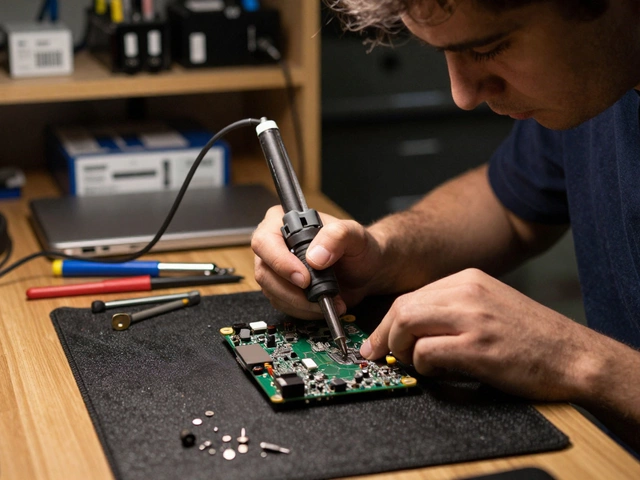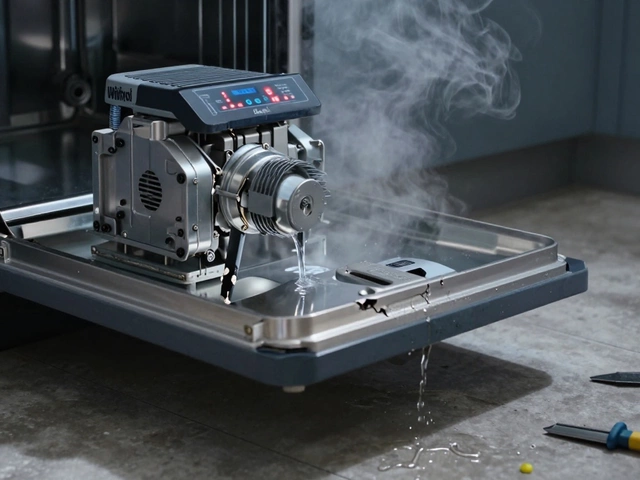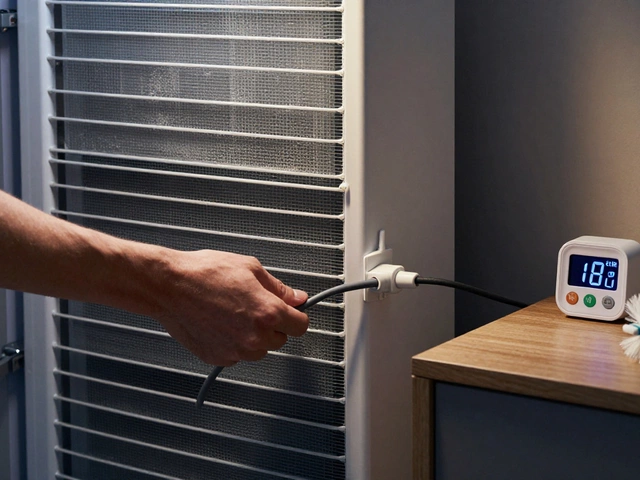Kitchen Exhaust Fan Repair: Everything You Need to Know
When dealing with kitchen exhaust fan repair, it helps to understand the full scope of the task. Kitchen exhaust fan repair is the process of diagnosing and fixing issues in the ventilation unit that sits above your stove. It keeps smoke, steam, and odors out of your cooking area and helps maintain indoor air quality. Also known as exhaust fan service, it often involves checking the extractor fan motor, cleaning the ductwork, and verifying electrical connections. A well‑functioning extractor fan motor ensures the fan spins at the right speed to pull out fumes efficiently. Alongside the motor, the ventilation system itself plays a critical role; it includes the duct, hood, and any filters that trap grease. When the system is blocked or the motor burns out, the whole kitchen can feel stuffy. Homeowners often attempt DIY fixes, but a qualified professional technician brings the right tools and safety knowledge to avoid electrical hazards and ensure code compliance. Understanding these pieces makes it clear why kitchen exhaust fan repair encompasses motor replacement, duct cleaning, and sometimes full unit upgrades.
Common Problems and Quick Fixes
Most kitchen fans fail for three main reasons: a worn‑out motor, clogged filters, or a loose electrical connection. A motor that hums but doesn’t spin usually needs a bearing replacement or a complete swap. Because the extractor fan motor is a sealed unit, you’ll often have to replace it rather than repair internal parts. Cleaning the grease‑filled filters is a low‑cost step that restores airflow; a simple soak in hot, soapy water followed by a thorough dry will keep the fan pulling air efficiently. If the fan stops altogether, first check the power supply—many units have a reset button or a fuse in the kitchen’s circuit box. A tripped breaker is an easy fix that a typical homeowner can handle, but if the wiring looks burnt or the fan still won’t run, it’s time to call a professional technician. Regular maintenance, such as wiping the hood interior and inspecting the duct for blockages, extends the life of both the motor and the whole ventilation system. These small habits prevent costly breakdowns and keep cooking smells where they belong—outside.
Deciding whether to DIY or hire a pro hinges on three factors: skill level, tool availability, and safety. If you’re comfortable using a multimeter, have a screwdriver set, and can safely reach the fan housing, swapping an old extractor fan motor is doable in an afternoon. You’ll need the exact replacement part—model numbers are usually printed on the motor’s label—and a few basic tools: a Phillips head screwdriver, a ladder or sturdy step stool, and a dust mask for grease. On the other hand, if the fan is hard‑wired into the home’s electrical system, or if the ductwork runs through walls or the roof, a professional’s expertise becomes essential. A licensed technician can verify that all connections meet local codes, test the fan’s amperage draw, and ensure the new motor aligns perfectly with the existing housing. Either way, the goal stays the same: restore proper airflow, keep your kitchen safe, and avoid future breakdowns. Below you’ll find a curated list of our most helpful articles, from motor replacement guides to tips on when to call in the experts, all designed to make your kitchen exhaust fan repair journey smoother.
How Long Does It Take to Fix an Extractor Fan? - Realistic Timeframes Explained
- Alden Wilder
- Oct 20 2025
- 0 Comments
Find out exactly how long an extractor fan repair takes, from DIY steps to professional service, and learn the factors that affect timing.
View More



